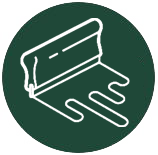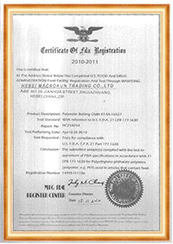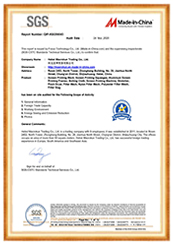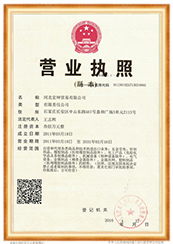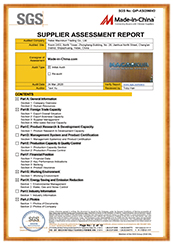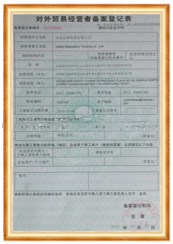Rosin extraction has gained popularity among cannabis enthusiasts seeking a solventless, pure product. A key component in the process is the rosin bag, which ensures quality extraction by filtering out impurities like plant matter and lipids. In this article, we’ll dive into why high-quality rosin bags are essential, what to look for, and how to use them for optimal results. Whether you’re pressing flower, hash, or dry sift, this guide will help you make informed decisions to get the most from your extraction sessions.
What are Rosin Bags?
Rosin bags are filter bags specifically designed for solventless cannabis extraction. They act as a filtration system during the pressing process, holding the material (flower, kief, or hash) while allowing only pure rosin to flow through. These bags are made from various materials, with nylon being the most commonly used due to its flexibility, heat resistance, and ability to withstand high pressure.
The micron size of the bag is one of the most critical factors to consider. It determines the bag’s filtration ability and can impact both the yield and quality of your rosin. Bags with smaller micron sizes (e.g., 25 microns) are ideal for hash or kief, while larger sizes (e.g., 90-160 microns) are better suited for flower.
Why Quality Matters
Choosing the right rosin bag can make the difference between a successful press and a failed one. High-quality bags ensure a clean extraction with minimal contaminants and optimal yields. Poor-quality bags, on the other hand, may tear or “blowout,” allowing plant material to contaminate the rosin.
Blowouts can occur when too much pressure is applied too quickly, or when the bag is overfilled. Premium-grade nylon bags, like those from brands such as The Press Club, are designed to withstand high heat and pressure, significantly reducing the chances of a blowout. These bags are also food-grade, ensuring that no harmful chemicals are introduced into your product during extraction.
Selecting the Right Micron Size
Micron size is an important aspect when choosing a rosin bag. Here’s a simple breakdown of which micron size to use depending on the material:
- 25-45 Micron Bags: Best suited for pressing hash or kief. These ultra-fine filters ensure maximum purity by removing the tiniest particles of plant matter, though yields may be slightly lower due to the finer filtration.
- 70-90 Micron Bags: Ideal for pressing flower rosin. They offer a good balance between filtration and yield, catching most plant material while still allowing a good amount of rosin to flow.
- 120-160 Micron Bags: These are the go-to for flower presses when maximizing yield is the priority. While these larger bags allow more plant matter to pass through, they also increase the rosin output significantly.
How to Use Rosin Bags Effectively
Using rosin bags may seem straightforward, but there are a few important steps to follow to get the best results:
- Pre-Press Your Material: Before filling the bag, it’s essential to pre-press your flower or hash using a pre-press mold. This helps remove air pockets and ensures even pressure during extraction, reducing the likelihood of blowouts.
- Avoid Overstuffing the Bag: Packing the bag too tightly is one of the main causes of blowouts. A good rule of thumb is to fill the bag to about 80% capacity, leaving room for the material to expand as pressure is applied.
- Slowly Increase Pressure: Don’t rush the process. Gradually increase the pressure on your rosin press over several stages to ensure a steady, even flow of rosin. Applying too much pressure too quickly can cause the bag to burst.
- Temperature Matters: The temperature you press at is crucial. Lower temperatures (160°F-190°F) will yield a higher quality product with more terpenes, while higher temperatures (190°F-220°F) increase yield but may sacrifice some flavor and potency.
Reusability of Rosin Bags
One common question is whether rosin bags can be reused. Technically, yes, they can be cleaned and reused, but there are caveats. Nylon bags, for example, can be cleaned using rubbing alcohol and soap, but they may lose some integrity after the first use. The mesh can stretch, making the bag more prone to blowouts during subsequent presses. If you want to get the most out of your extraction sessions, it’s best to use new bags for each press.
The Best Rosin Bags on the Market
When it comes to selecting a rosin bag, certain brands stand out for their quality and durability. The Press Club offers premium nylon bags that are heat-resistant and built to withstand the extreme pressure of solventless extraction. Their bags are double-stitched to minimize blowouts and come pre-flipped, saving you time during setup.
Another excellent option is Rosineer, which provides a range of micron sizes, ensuring there’s a perfect bag for any material type. They focus on user-friendly products, offering tips and tricks to help ensure the best possible extraction.
Conclusion
In rosin extraction, the quality of your bags can make or break the entire process. Investing in high-quality, durable rosin bags will not only increase your yield but also ensure that your product remains pure and free of contaminants. By choosing the right micron size, avoiding overstuffing, and applying pressure slowly, you can achieve excellent results with every press.


